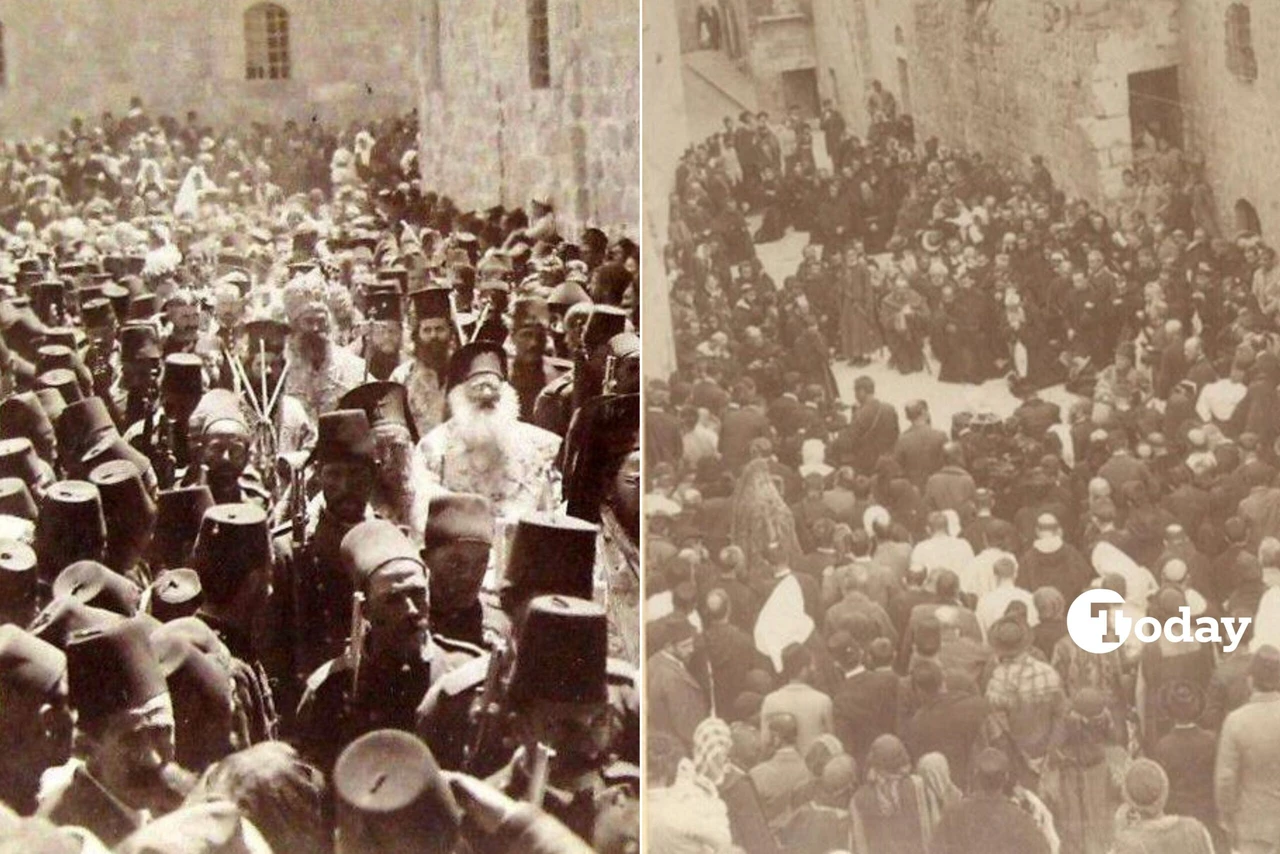Kayseri celebrates Ottoman architect Mimar Sinan’s legacy
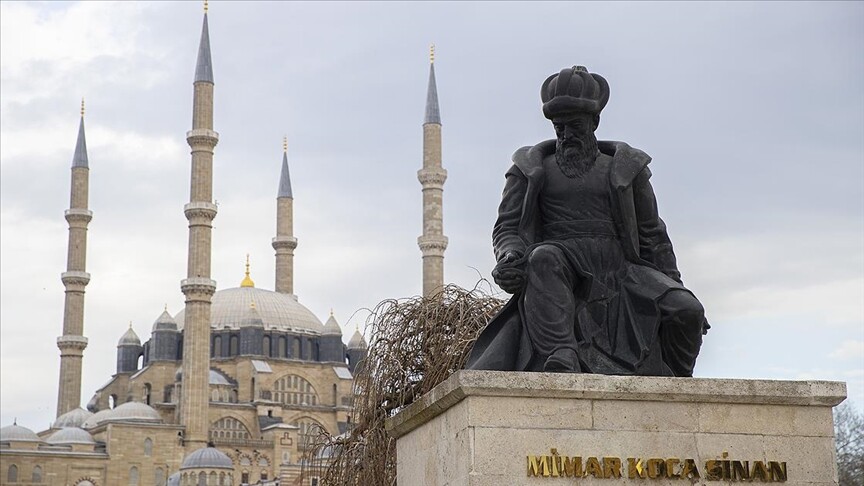 A commemorative statue to the architect, who is often called as Mimar Sinan (“Architect Sinan”) or Mimar Koca Sinan (“Great Architect Sinan”), stands before the building that many scholars consider his finest work, the Selim mosque in Edirne, Türkiye, April 9, 2021. (AA Photo)
A commemorative statue to the architect, who is often called as Mimar Sinan (“Architect Sinan”) or Mimar Koca Sinan (“Great Architect Sinan”), stands before the building that many scholars consider his finest work, the Selim mosque in Edirne, Türkiye, April 9, 2021. (AA Photo)
The renowned 16th-century Ottoman architect Mimar Sinan is honored in his birthplace, Kayseri, through the “Time to commemorate Sinan in Kayseri” (“Kayseri’de Sinan Zamani”) project.
The initiative aims to celebrate Sinan’s legacy and introduce his life and works to new generations.
Celebrating architect Mimar Sinan’s life in Kayseri
The project began with an event at Gurpinar Primary and Secondary School in the Melikgazi district. Artists Gunseli Kato and Mahir Guven collaborated with local students to paint portraits of Mimar Sinan and his architectural masterpieces on large canvases, which were then displayed in the schoolyard.
Mahir Guven emphasized the importance of recognizing Sinan’s multifaceted talent. “Mimar Sinan was not only an engineer and architect but also an artist. He illuminated his era and continues to inspire today,” Guven stated. He further stressed the need for children to learn about Sinan’s contributions, suggesting that families should teach them about this significant historical figure.
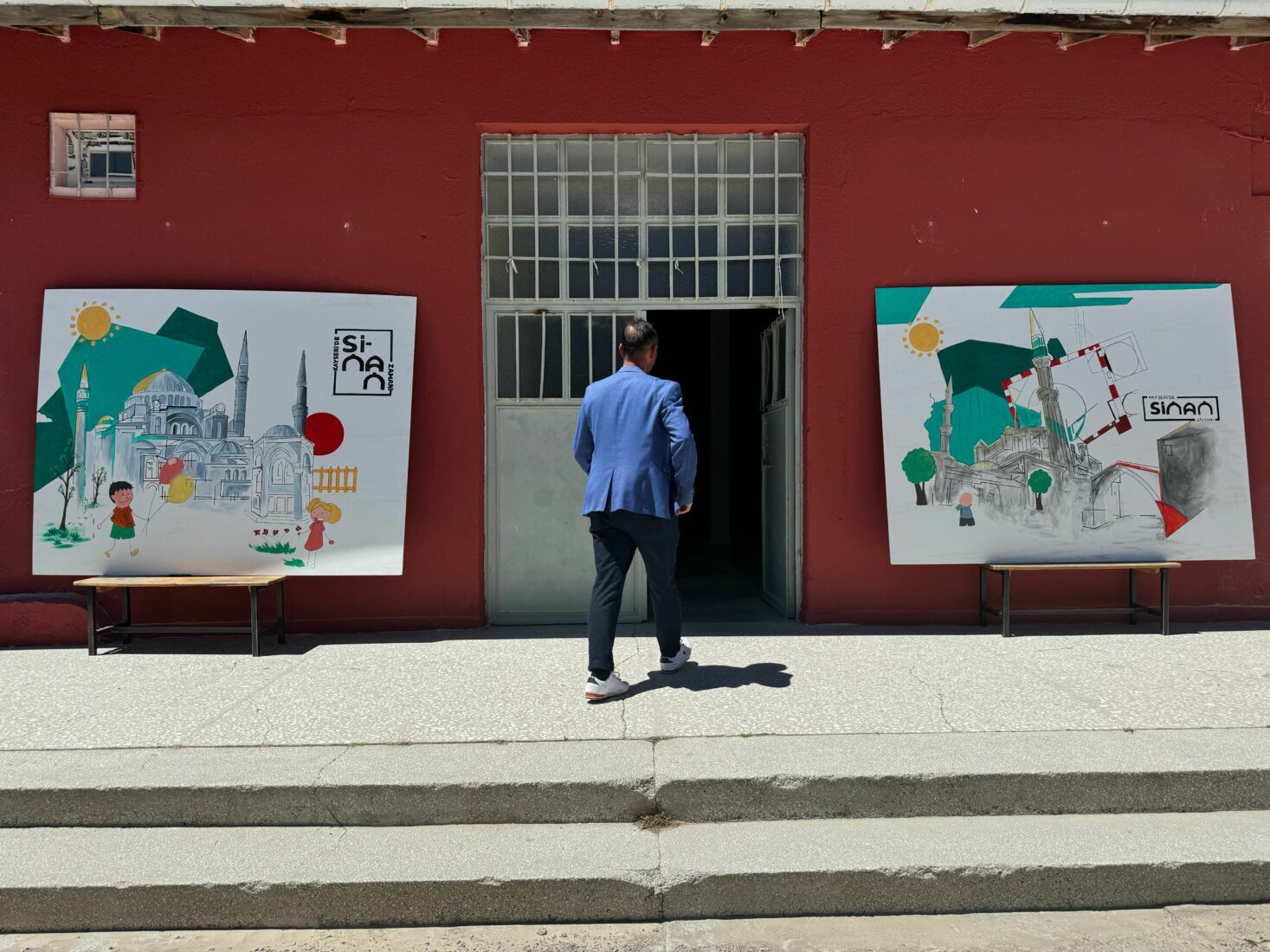
The project was supported by Kayseri Governor Gokmen Cicek, Kayseri Metropolitan Mayor Memduh Buyukkilic, and Justice and Development Party (AK Party) Kayseri MP Ayse Bohurler. Bohurler remarked on the project’s significance in connecting the city’s children with their cultural heritage. “We have created books about Mimar Sinan’s life for the children and colored his works with them. The entire city has joined us in this celebration,” she said.
Ottoman architect Mimar Sinan’s significance
“Mimar Sinan’s approximately 400 works and his significant role in 3 sultans’ reigns mark him as an architectural giant. Born in Agirnas, near Kayseri, he lived here until age 22, learning the art of stone masonry before moving to Istanbul,” Bohurler added.
She emphasized that architects and engineers still study Sinan’s works. “We want to introduce the land that inspired him, Erciyes, Agirnas, and this region, with its culture, cuisine, and lifestyle.”
Kayseri’s Provincial Director of National Education, Bahameddin Karakose, praised the project for directly involving students.
“Our goal is to prepare our children for life as good people who know and live their culture. This project helps them connect with Mimar Sinan’s legacy,” Karakose said. He mentioned previous events, including a student painting competition and a composition contest for high schoolers.
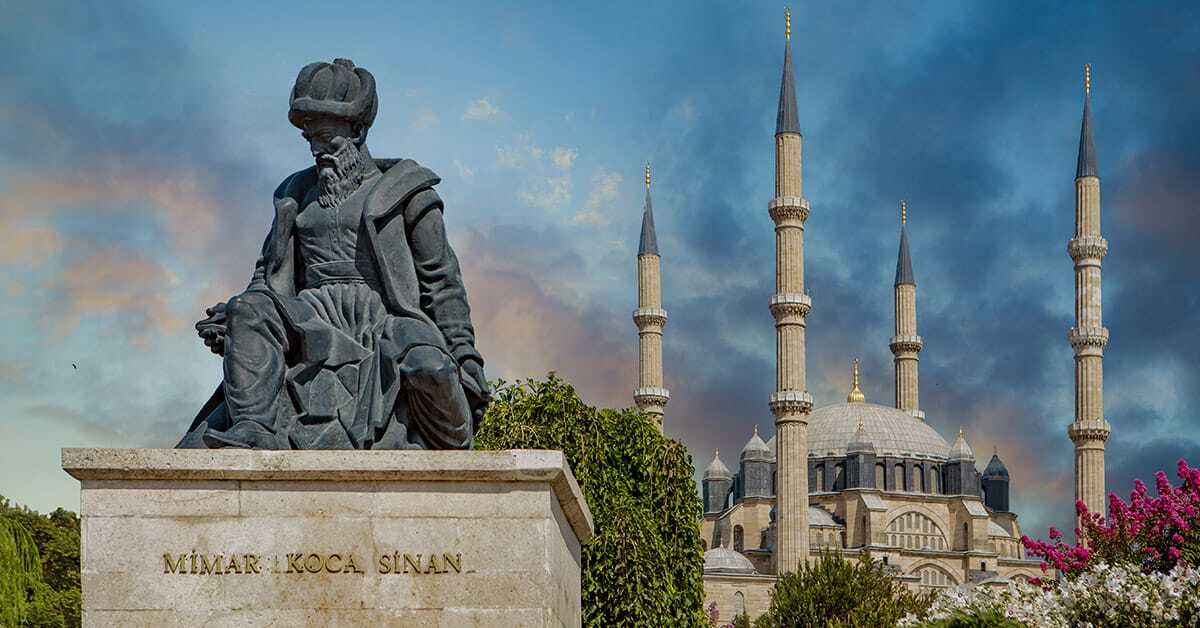
“When people think of Kayseri, they should think of Mimar Sinan, and vice versa,” he added.
This cultural revival is complemented by the Mimar Sinan House Museum in Agirnas, which attracts thousands of visitors annually. The house, with its unique architecture and historical significance, offers insight into Sinan’s early influences. The museum’s guide,
Meanwhile, tour guide Ahmet Bekdas noted that Sinan’s stone house features an arched gallery and underground rooms, reflecting the region’s architectural heritage.
Mimar Sinan attracts tourism to Kayseri
Sinan, born in 1490, was brought to Istanbul as a devshirme during Sultan Selim I’s reign. He served as the chief Ottoman architect under sultans Suleiman the Magnificent, Selim II, and Murad III.
Sinan’s extensive portfolio includes 365 works worldwide, including his final masterpiece, the Selimiye Mosque in Edirne. His other famous work, the Suleymaniye Mosque in Istanbul, exemplifies his architectural genius.
The “Kayseri’de Sinan Zamani” project includes various activities designed to engage both locals and visitors. One of the project’s highlights is distributing Meryem Ucar’s book “Tasla Siir Yazan Sanatci: Mimar Sinan” to children.
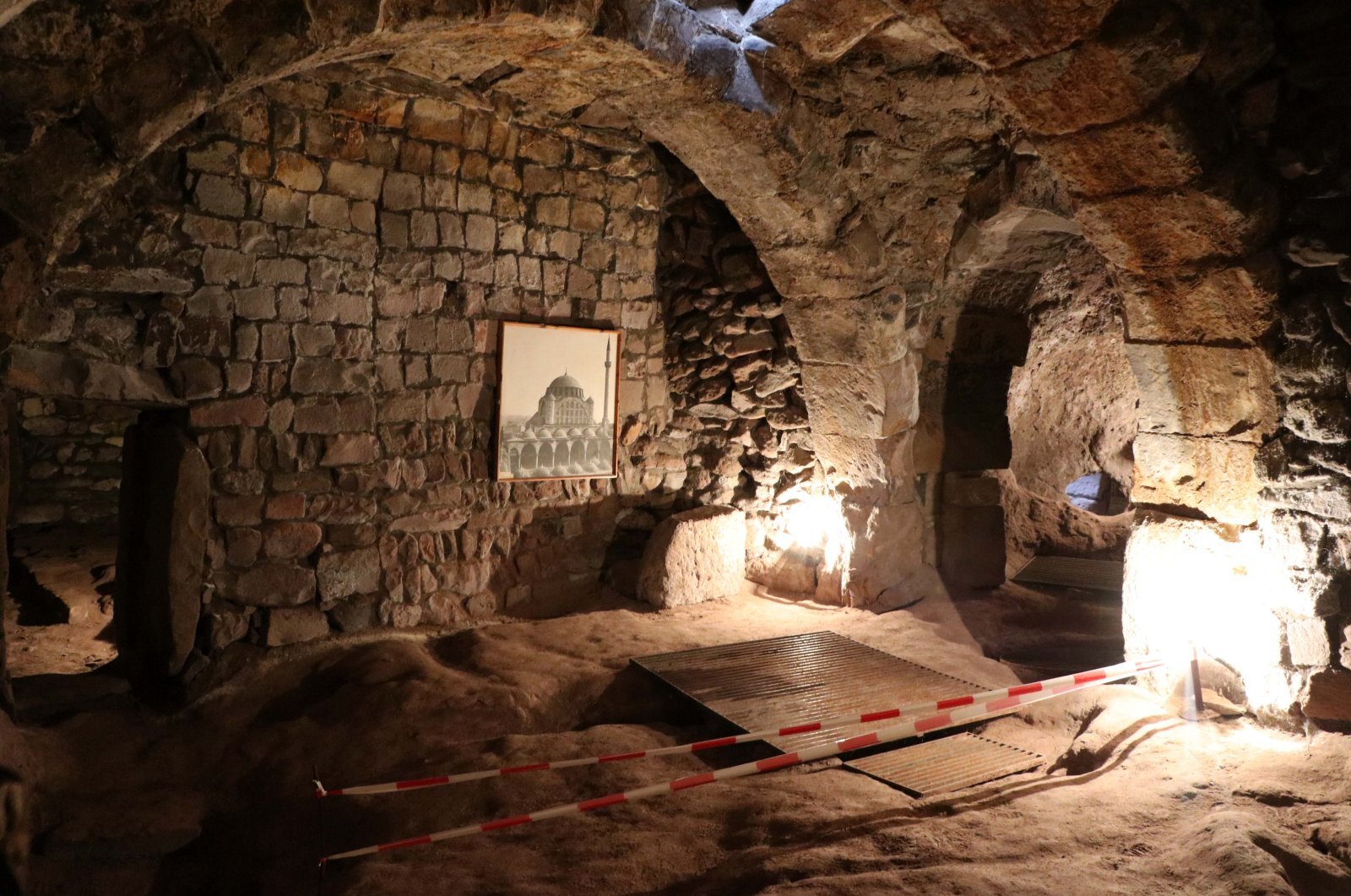
Ucar, present at the event, expressed her satisfaction with the initiative. “It’s crucial for children to connect with our historical and cultural heritage. Sinan’s life and works offer countless lessons,” she said.
Additionally, the Mimar Sinan House Museum in Agirnas continues to draw interest from tourists and architecture enthusiasts. The house, meticulously restored to preserve its historical features, allows visitors to explore the environment that shaped Sinan’s early years.
Bekdas pointed out that the museum showcases the unique stonework of the region, including underground galleries and storerooms that highlight traditional architectural techniques.
